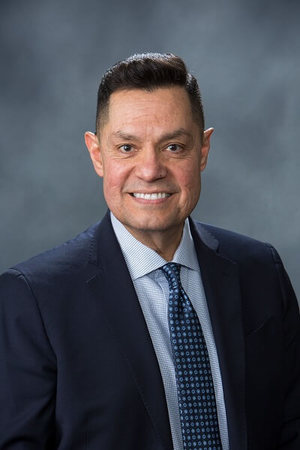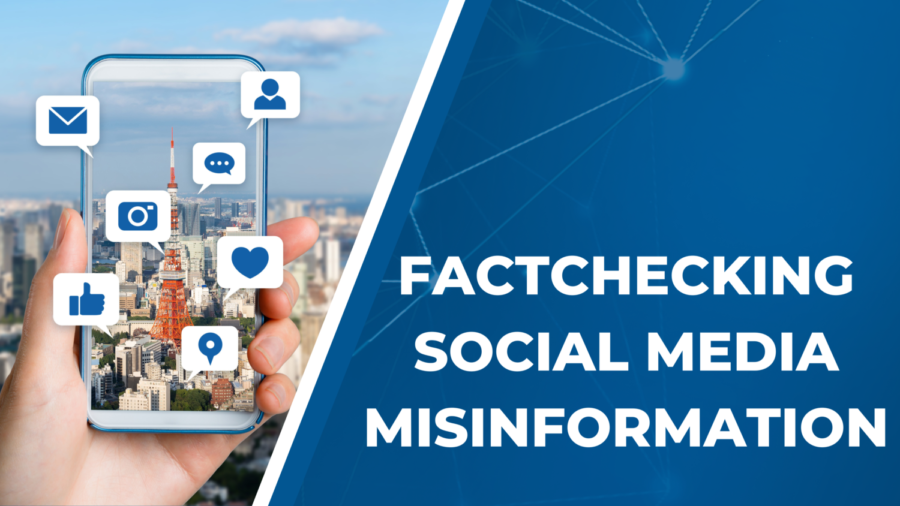What do bright lights, squeaky sounds, and crippling anxiety have in common? Annoyances beyond human comprehension, absolutely. They are a deplorable acceptance of everyday life, but how about doubling that with a person sensitive to each attribute? One moment everything is fine, then their insides turn around and about, with an invisible force seething its nasty claws upon their mind. Some might scream, others might lock in motion, regardless the world closes itself into a hellish landscape unwilling to let go. This is but a taste of what autistic people go through every day of their lives. Dr. Jonathan Pierce attempted to describe these motions during his presentation on “Autism in the Workplace” on Wednesday night, Sept. 27.
Dr. Pierce is currently UIS’s Assistant Director of International Recruitment and drew upon years of personal and ongoing research during 90 minute chat with members of the UIS community for its ongoing ECCE Speaker Series. For some, it was just another requirement on the path to graduation, but for others, it was a chance to see how autism will affect the upcoming job climate. How will companies handle the oncoming “Autism Tsunami” of job applicants? How are we able to help with their transition into the workplace?
It’s a stark question as we typically have our own bubbles that push away any notions of these fallacies, and expect it will never happen to us. Oh, how fickle irony was when it popped Dr. Pierce’s bubble.
The first section of the presentation was dedicated to his wife of 41 years and how they dealt with the aftermath of her autism diagnosis. There was no communication when she was originally diagnosed regarding figuring out the ins and outs of this debilitating issue. It was only by pure chance that they discovered that noise-canceling headphones dampened the load her mind was taking on. Dr. Pierce then asked, in rising fashion, who knew someone with autism. Out of the 200-plus crowd in attendance, it was estimated that 75% of the audience stood in solidarity.
The next section dealt with the history of autism in general. How it grew from a splintered-off section of schizophrenia to its own placement among mental disorders. Dr. Pierce detailed some of the behaviors of Autistic members like not wanting eye contact, or keeping a repetitive behavior. How they see the world differently and how connected they are to certain things. One statistic that stood out was the sheer number of children being diagnosed with autism. In 2000 it was one in 200, now it is one in 36. Perhaps it was due to its classification change from several different disorders combined into one.
Finally, it was time for a discussion of the workplace. Dr. Pierce discussed different emergent themes that arose from his dissertation on the subject. Things like “Advocating for the Self and Others,” “Physical Accommodations,” and “Unique Skill Set.” He shared images of decompression rooms filled with foot massagers, whiteboards and fidget toys that can help someone with autism wind down from rising anguish. Companies might create quiet lunchrooms and separate bathrooms to decrease anxiety. This is all welcomed, but there is one question to be asked here. Why aren’t companies doing this already for those workers who don’t have these issues? There is surely a selection of workers who would like a decompression room or single-stall bathrooms. Everyone has a difficult time at work regardless of whether they have a mental disorder or not. These should be simple necessities that all workers should have the ability to access.
And what about the issue of people with autism applying for a job? How would they connect with the rest of the workers/company? Dr. Pierce mentioned that there would be a paid three-week test for these types of applicants, almost like an internship. If they connect, they are accepted; if not, they are off to find another place. Now if hired, it was implied they would find themselves working on repetitive tasks that others would be likely to find boring, using their unique skillset. The hint of prejudice lingers within those words as if they are only used for these roles, and nothing else. While they might be good at it, it doesn’t mean it is what they want to do.
After the advocation of “leaving your ego at the door” came the participation part of the presentation. Five students, including your humble reporter, went up to the stage and were asked to use an object that might help out someone with autism if they needed to decompress. There were previously mentioned items like noise-canceling headphones and fidget toys, but this reporter got an eye mask, on the idea of blocking out bright lights. Honestly, the idea was a welcome one, especially for someone with stage fright.
Finally, the crowd was given the opportunity to ask some questions – but by this point people were keeping quiet, trying to get out of the auditorium and on with their night. All in all, it was a valiant effort to try and contain what autism is and how it will affect the workplace, all within an hour and a half. The hope is that the words do not just flow out from one ear to the next and that everyone will take the ideas to heart.










